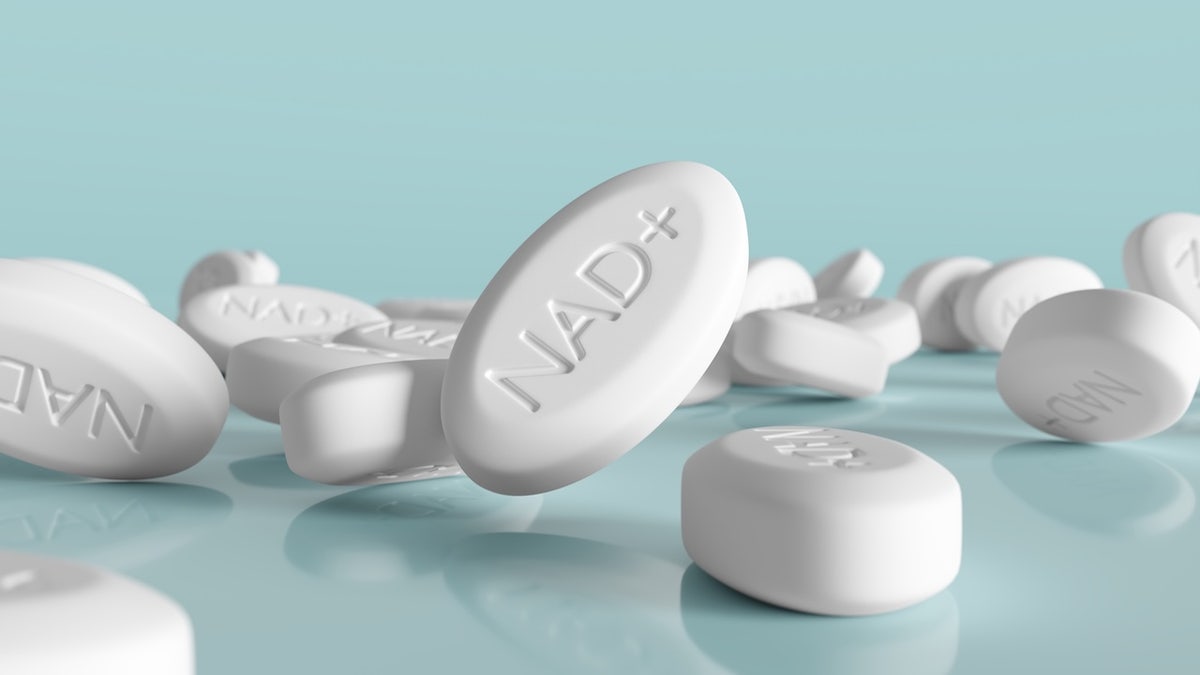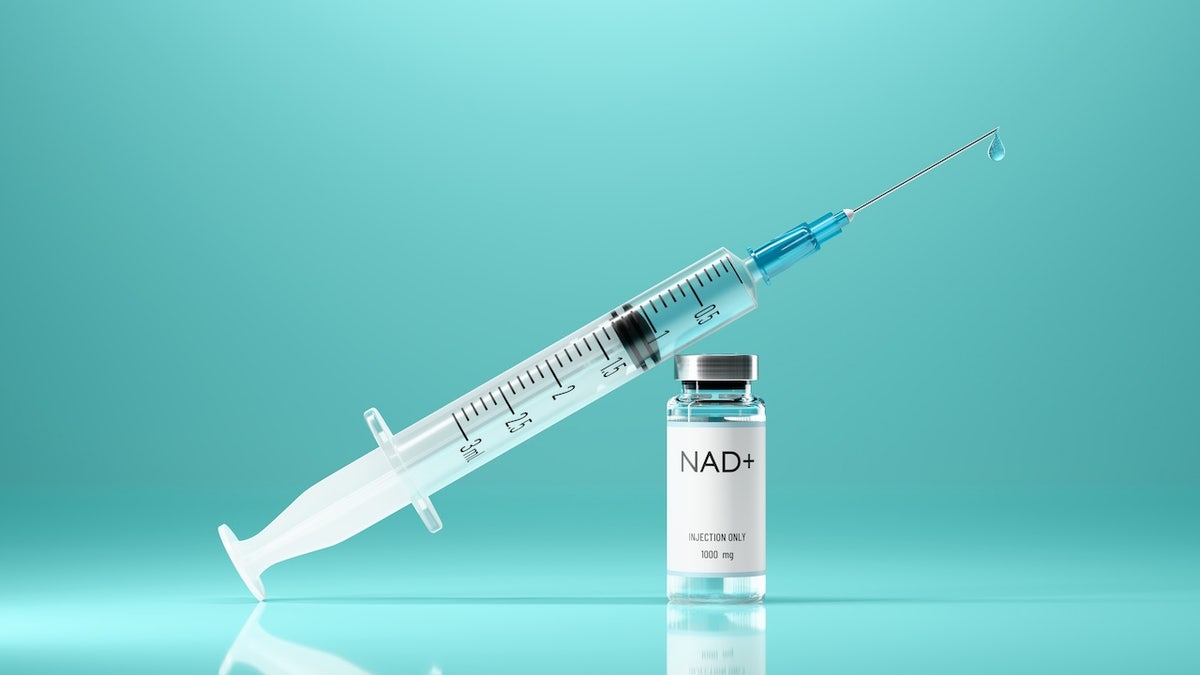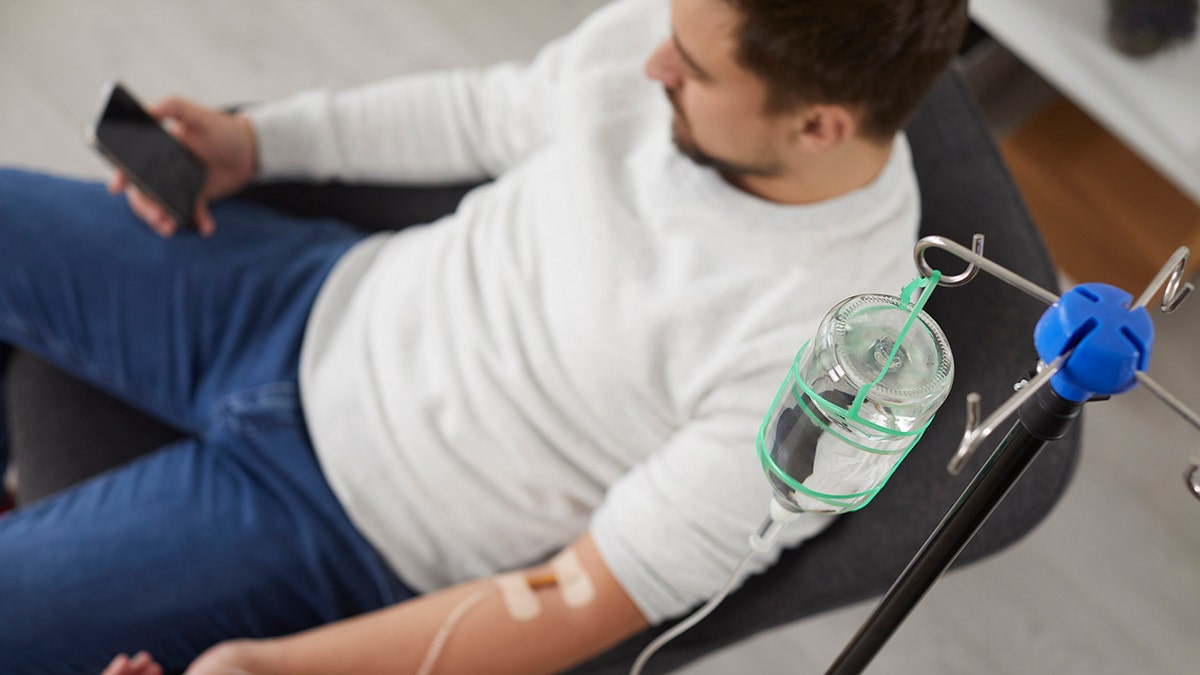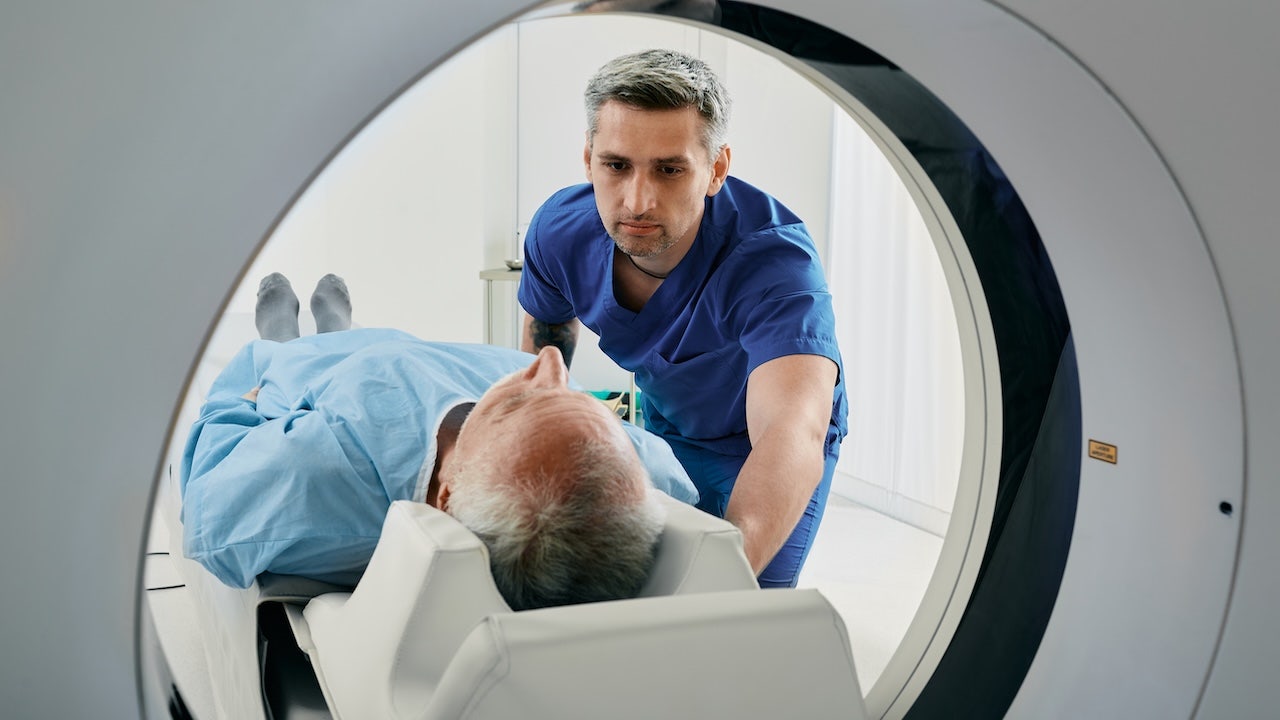Health
Cancer Remission Like Catherine’s Does Not Always Mean the Illness Is Cured

Princess Catherine, wife of Prince William, reported on Tuesday that her cancer was in remission. But what does it mean to be in remission from cancer?
Doctors discovered her cancer unexpectedly last March when she had abdominal surgery. She has not revealed the type of cancer she has, nor how advanced it was when it was discovered.
But she did say she had chemotherapy, which she said had been completed in September. She told the British news agency PA Media that she had a port, a small device that is implanted under the skin and attached to a catheter that goes into a large vein. It allows medicines like chemotherapy drugs to be delivered directly to veins in the chest, avoiding needle sticks.
Catherine told PA Media that chemotherapy was “really tough.”
“It is a relief to now be in remission and I remain focused on recovery,” she wrote on Instagram.
Her announcement “certainly is good news and is reassuring,” said Dr. Kimmie Ng, associate chief of the division of gastrointestinal oncology at the Dana-Farber Cancer Institute in Boston.
But cancer experts like Dr. Ng say that the meaning of remission in a patient can vary.
In general, when doctors and patients talk about remission, they mean there is no evidence of cancer in blood tests or scans.
The problem is that a complete remission does not mean the cancer is gone. Even when a cancer is “cured” — defined as no evidence of cancer for five years — it may not be vanquished.
That makes life emotionally difficult for patients, who have to have frequent visits with oncologists for physical exams, blood tests and imaging.
“It’s really scary,” Dr. Ng said. “The amount of uncertainty is very very hard,” she added.
But that ongoing surveillance is necessary, despite the toll it takes on patients.
“Different cancers have different propensities of returning or not returning,” said Dr. Elena Ratner, a gynecologic oncologist at the Yale Cancer Center.
As many as 75 to 80 percent of ovarian cancers, she noted, can come back in an average of 14 to 16 months after a remission, depending on the stage the cancer had reached when it was found and on the cancer’s biology.
“Once the cancer returns, it becomes a chronic disease,” Dr. Ratner said. She tells her patients: “You will live with this cancer. You will be on and off chemotherapy for the rest of your life.”
Dr. Ratner’s gynecological cancer patients have to come back every three months for CT scans to keep an eye out for evidence that the cancer has returned.
“The women live CT scan to CT scan,” she said. “They say that for two and a half months, they have a wonderful life, but then, in time for the next CT scan, the fear returns.”
“It costs them — it costs them a lot,” she said.
“It’s awful, yet I am amazed every day by their strength,” she said of her patients.

Health
Approaches Women Used to Triumph Over Weight Struggles

Use left and right arrow keys to navigate between menu items.
Use escape to exit the menu.
Sign Up
Create a free account to access exclusive content, play games, solve puzzles, test your pop-culture knowledge and receive special offers.
Already have an account? Login
Health
‘Fountain of youth’ molecule could promote healthy aging and slow diseases

NEWYou can now listen to Fox News articles!
A small molecule has been hailed as potentially promoting longevity and combating certain diseases — but experts are also calling for more research.
NAD+ (Nicotinamide adenine dinucleotide) — often nicknamed the “fountain of youth” — is a coenzyme that is essential for cellular survival, which naturally declines with age. In recent years, supplements designed to boost NAD+ levels have grown in popularity.
Last month, researchers led by the University of Oslo reviewed preclinical and clinical studies investigating the link between NAD+ and aging.
NEW VITAMIN COMPOUND SHOWS PROMISE FOR REVERSING ALZHEIMER’S DAMAGE TO THE BRAIN
The review, which was published in the journal Nature Aging, concluded that restoring NAD+ levels could help to promote healthy aging and potentially slow or treat neurodegenerative diseases.
Every cell in the body contains NAD+, which plays a “critical role” in body functions that are essential to survival.
NAD+, a small molecule, has been hailed as potentially promoting longevity and combating certain diseases. (iStock)
Previous research has shown that patients with Alzheimer’s disease exhibit “notably low levels” of NAD+, the researchers noted — which aligns with the fact that NAD+ declines with age.
“NAD+ may hold the key to healthier aging and could protect us against diseases like Alzheimer’s disease and Parkinson’s disease,” said Evandro Fei Fang-Stavem, an associate professor at the University of Oslo, in a press release. “However, we need further research on how to effectively utilize NAD+ in patient treatment.”
Benefits of NAD+
Research has shown that boosting NAD+ can improve mitochondrial and stem cell function, improve energy metabolism, enhance focus and mood, and support tissue repair, according to Dr. Amanda Kahn, a board-certified internist and longevity expert in New York City.
“From a longevity standpoint, NAD+ is one of the most central molecules in maintaining youthful cellular function,” she told Fox News Digital. “It activates … longevity pathways that protect against DNA damage and inflammation.”
ONE OVERLOOKED DAILY HABIT COULD SLOW THE AGING PROCESS, RESEARCHERS SAY
Boosting NAD+ also supports neuroprotection from Alzheimer’s and Parkinson’s, enhances insulin sensitivity, reduces inflammation, repairs skin, boosts immune defense and improves symptoms in long COVID patients, Kahn added.

While NAD+ itself is a large molecule that can’t cross into cells, NAD+ “precursors” can enter cells and then work to create NAD+. (iStock)
Dr. Halland Chen, a double board-certified physician in New York who specializes in longevity, reiterated that studies in both animals and early human models show that maintaining healthy NAD+ levels can improve energy metabolism, cognitive function and overall vitality.
“Restoring NAD+ is ultimately about cellular repair and mitochondrial optimization, not just an energy boost,” he told Fox News Digital. “Clinical experience shows that NAD+ therapy enhances energy, focus and endurance, while supporting detoxification and reducing oxidative stress from daily life, travel or poor sleep.”
COMMON DAILY VITAMIN SHOWN TO SLOW AGING PROCESS OVER FOUR-YEAR PERIOD
NAD+ also activates sirtuins, a group of longevity-related proteins that regulate DNA repair, cellular stress responses and gene expression, Chen said, although he noted that larger human studies are still needed.
Methods of boosting NAD+
In clinical studies, patients with age-related diseases have taken compounds designed to boost NAD+.
While NAD+ itself is a large molecule that can’t cross into cells, NAD+ “precursors” can enter cells and then work to create NAD+, experts confirm.
These precursors include nicotinamide riboside (NR) and nicotinamide mononucleotide (NMN). Most people take these NAD+ precursors in the form of pills, capsules or powders.
“Clinical experience shows that NAD+ therapy enhances energy, focus and endurance while supporting detoxification.”
“Oral NAD precursors can modestly raise NAD+ levels and are convenient for daily maintenance,” Khan said. “In contrast, injections or IV infusions bypass the gut and deliver NAD+ directly into circulation, leading to more rapid and noticeable effects on energy, focus and recovery.”
Khan also prescribes a weaker NAD+ nasal spray for patients who can’t tolerate needles, though she said the benefits are typically less pronounced.
COMMON VITAMIN SHOWN TO SLASH SKIN CANCER RISK IN SOME GROUPS, STUDY SUGGESTS
“In general, I find that combining daily oral precursors with weekly NAD+ injections offers the most comprehensive support for both intracellular and extracellular NAD stores,” she advised.
Chen noted that oral supplements are best for maintenance, while IV therapy is often chosen for a “rapid cellular reboot, post-travel recovery or enhanced performance.”
“Sessions typically last two to four hours and are administered as a series of three infusions within seven to 10 days, followed by monthly maintenance.”

A doctor noted that oral supplements are best for maintenance, while IV therapy is often chosen for a “rapid cellular reboot, post-travel recovery or enhanced performance.” (iStock)
NAD+ therapy tends to have the most benefit for those managing fatigue, metabolic dysfunction or neurological decline, as well as anyone seeking to enhance energy, focus and recovery, Chen said.
“In healthy adults, benefits are typically modest, but can be amplified when combined with optimized nutrition, exercise and sleep,” he added.
Risks and caveats
While NAD+ therapy is generally safe and well-tolerated, it can cause some mild side effects, according to Chen.
CLICK HERE TO DOWNLOAD THE FOX NEWS APP
“Headache, nausea or chest tightness can occur, especially during faster IV infusions, and typically resolve when the rate is slowed,” Chen, who is also chief medical innovation officer at the digital wellness platform Eden, told Fox News Digital.

“Injections or IV infusions bypass the gut and deliver NAD+ directly into circulation, leading to more rapid and noticeable effects on energy, focus and recovery,” a doctor said. (iStock)
“Most reactions are transient and self-limited, and therapy is considered safe under medical supervision,” the doctor added.
He advises caution for people with active liver or kidney disease, those with a personal or family history of cancer, and women who are pregnant or breastfeeding.
CLICK HERE TO SIGN UP FOR OUR HEALTH NEWSLETTER
Kahn noted that common side effects include mild redness, itching or tenderness at the injection site, “which is harmless and dissipates quickly.”
“Some patients notice a transient rush, lasting no more than 10 minutes, after taking an NAD+ injection due to a brief release of adrenaline and mitochondrial ATP,” she went on. “While not dangerous, it can feel uncomfortable if not anticipated.”
“If the core pillars — sleep, movement, nutrition, metabolic balance and stress regulation — are not in place, NAD+ therapy won’t deliver its full potential.”
When choosing a NAD+ product, quality matters more than quantity, according to multiple experts.
“Patients should look for clinically validated, third-party-tested formulations and start with lower doses to gauge tolerance,” Chen said.
NAD+ therapy isn’t a shortcut to health and longevity in and of itself, but one layer of a much larger foundation, according to the expert.
TEST YOURSELF WITH OUR LATEST LIFESTYLE QUIZ
“If the core pillars — sleep, movement, nutrition, metabolic balance and stress regulation — are not in place, NAD+ therapy won’t deliver its full potential,” he said. “It’s like pouring premium fuel into an engine that hasn’t been maintained — the energy source is there, but the system isn’t optimized to use it.”

NAD+ therapy isn’t a shortcut to health and longevity in and of itself, but one layer of a much larger foundation, according to experts. (iStock)
It’s important to speak with a doctor before starting a NAD+ regimen, experts agree.
“Your doctor needs to know about all supplements you plan to take, including NAD+, because it has strong biological effects,” Chen said. “Your doctor will evaluate your personal health risks and check your medications for potential interactions with NAD+ supplements.”
CLICK HERE FOR MORE HEALTH STORIES
Khan noted that because NAD+ interacts with metabolic and cellular pathways, dosing and timing should be individualized — “especially for those with cancer history, metabolic conditions or multiple medications.”
“A physician should help determine the appropriate delivery method, duration and monitor for response and tolerance,” she said.
Health
Experts Rank the 5 Best Protein Shakes for Weight Loss After 50

Use left and right arrow keys to navigate between menu items.
Use escape to exit the menu.
Sign Up
Create a free account to access exclusive content, play games, solve puzzles, test your pop-culture knowledge and receive special offers.
Already have an account? Login
-

 New York5 days ago
New York5 days agoVideo: How Mamdani Has Evolved in the Mayoral Race
-

 World1 week ago
World1 week agoIsrael continues deadly Gaza truce breaches as US seeks to strengthen deal
-

 News7 days ago
News7 days agoVideo: Federal Agents Detain Man During New York City Raid
-

 News1 week ago
News1 week agoBooks about race and gender to be returned to school libraries on some military bases
-

 Technology1 week ago
Technology1 week agoAI girlfriend apps leak millions of private chats
-

 Politics1 week ago
Politics1 week agoTrump admin on pace to shatter deportation record by end of first year: ‘Just the beginning’
-

 Business1 week ago
Business1 week agoUnionized baristas want Olympics to drop Starbucks as its ‘official coffee partner’
-

 News1 week ago
News1 week agoTrump news at a glance: president can send national guard to Portland, for now


















